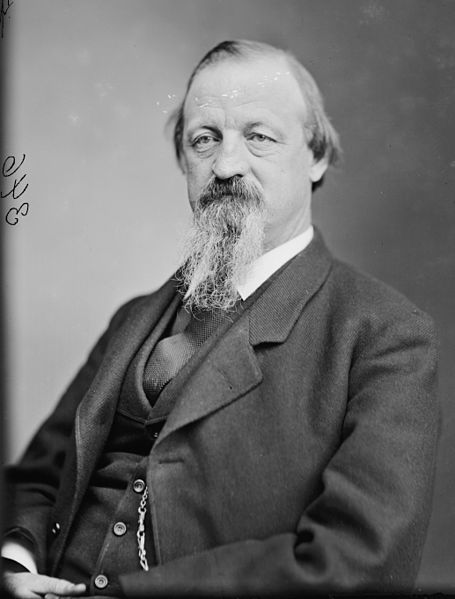Henry Richard Linderman was an American financier and superintendent of the US Mint.
c. 1865–1880 (from the Brady-Handy Photograph Collection, Prints and Photographs Division, Library of Congress, Washington, D.C.)
Henry Richard Linderman, c. 1865–1880 (from the Brady-Handy Photograph Collection, Prints and Photographs Division, Library of Congress, Washington, D.C.)
Trade dollar (United States coin)
The United States trade dollar was a dollar coin minted by the United States Mint to compete with other large silver trade coins that were already popular in East Asia. The idea first came about in the 1860s, when the price of silver began to decline due to increased mining in the western United States. A bill providing in part for the issuance of the trade dollar was eventually put before Congress, where it was approved, and signed into law as the Coinage Act of 1873. The act made trade dollars legal tender up to five dollars. A number of designs were considered for the trade dollar, and an obverse and reverse created by William Barber were selected.
Image: 1884 T$1 Trade Dollar (Judd 1732)
Image: 1884 T$1 Trade Dollar (Judd 1732)
John Jay Knox popularized the idea of a dollar coin to compete with the Mexican dollar for use in East Asia.
Designed by Mint Chief Engraver William Barber, this "Amazonian" design showing Columbia with an eagle was rejected by Mint authorities as too militaristic.





